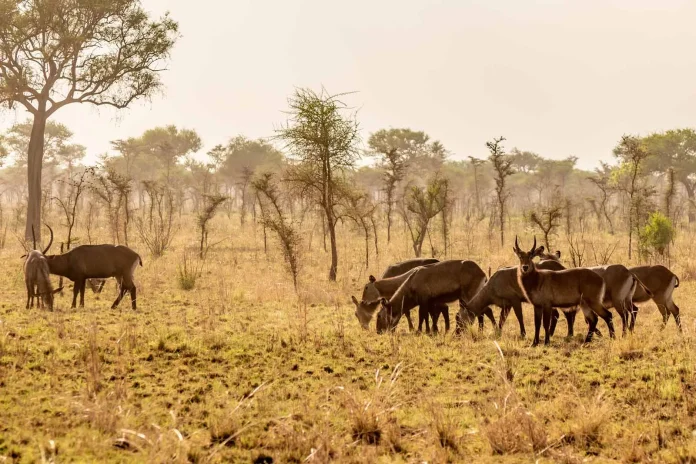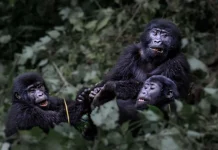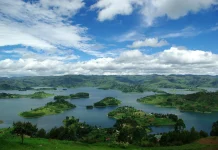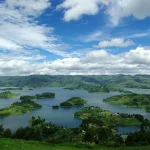Uganda has 10 national parks, 12 wildlife reserves, 5 community wildlife management areas and 13 wildlife sanctuaries with rich biodiversity including over 1,000 species of birds, mountain gorillas, chimpanzees, golden monkeys, and tree climbing lions. Primate trekking and wildlife viewing safaris are the top attractions for international leisure tourists, however. Uganda’s tourism potential is rich and diverse for further development including adventure tourism and unique cultural and historical heritage.
As such, the Uganda Wildlife Authority (UWA), the official government agency responsible for managing wildlife in and outside the protected areas announced its plan to create more 8 national parks to boost tourism and biodiversity conservation by upgrading the status of some of the wildlife and central forest reserves including Pian Upe, Katonga, Budongo, Maramagambo, Ajai, Echuya and Toro Semliki.
These have been selected for a number of reasons such as diversifying tourism products, creating new tourism investment opportunities evenly across the country; conserve biodiversity, increase tourist expenditure, length of stay and increasing foreign exchange earnings. UWA in consultation with the Ministry of Tourism Wildlife and Antiquities (MTWA) among other stakeholders carried out the Protected Area System and Regulatory Impact Assessments to determine the costs and benefits of this undertaking for better decision making.
A Memorandum of Understanding is being prepared by MTWA for consideration and approval by the Cabinet. To carter for the different needs of various stakeholders in the first phase of development, there will be effective resource allocation including more wildlife rangers which need more funds, however. Mr. Boaz Tumusiime, MTWA acting commissioner for wildlife conservation said that the benefits will be greater in terms of wildlife conservation and tourism revenue. The government must play a crucial role in directing and assisting the private sector, local communities, and other stakeholders through putting up an enabling environment including improving infrastructure, targeted marketing and promotion, managing the threats to wildlife such as poaching and invasive species; enforcing of quality standards.

According to MTWA Tourism Sector Performance Report 2022-2023, tourism generated $1.02 5 billion and directly contributed to 610,806 jobs, making for one of Uganda’s six key growth drivers with the greatest multiplier effect, along with Oil and Gas, Agriculture, Human Capital Development, Mining, and Infrastructure development. Given that 8 of the 10 parks are located in western region, the creation of new protected areas aims to address regional imbalances and spread the potential of tourism development evenly across the sub-regions said Samuel Kabula, the undersecretary at the MTWA. It is expected that once the new national parks are created, they will contribute to strategic outcomes such as increased annual tourism revenues with the goal to reach up to $1.862 billion as set out in the tourism development program 2022-2023. Among other outcomes include increasing tourist expenditure and length of stay by developing niche tourism products such as bird watching. Bird watchers tend to stay for longer durations, given the variety of bird species with over 1,062 species found in Uganda including the Shoebill stork.












